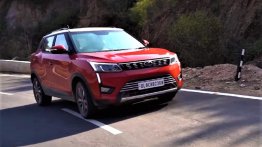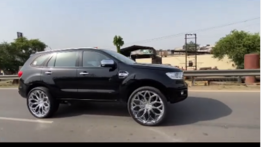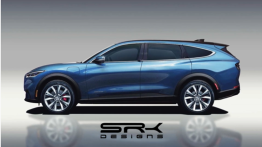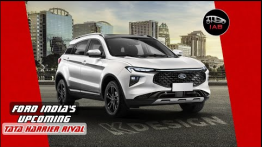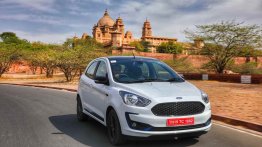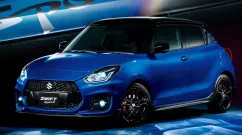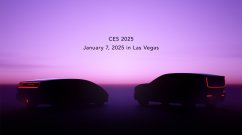 Ford India’s success story – the Figo may have won the hearts of many Indian families. However, it was last of its breed as Ford India has made it particularly clear that it will not make any India-specific models in the future.
Ford India’s success story – the Figo may have won the hearts of many Indian families. However, it was last of its breed as Ford India has made it particularly clear that it will not make any India-specific models in the future.
All the remaining six models that will enter in Indian market till 2015 will be global platforms heavily localized for India.
Let me explain - there are two ways of making cars – specific cars for specific markets and global cars customized for specific markets. Former allows brilliant flexibility but requires huge investment.
What's a local car?
The Toyota Etios which was designed specifically for India required an investment of around 3,200 crores. Similarly the Eon took engineers four years and 900 crores to roll out. These are cars tailored to meet specific needs of a market. The Renault Logan (Mahindra Verito), Swift Dzire, Kia Ray and JDM cars like the Suzuki Solio are fine examples.
What's a global car?
A global car is designed right from Day 1 to be an international model. Designers use lines that can suit customer taste anywhere in the world. Features, colors, trims, textures are all discussed with the global audience in mind. It also requires cars to be built to the highest standards and then customizing wherever possible according to the specific markets. Case in point is the Nissan Sunny, Chevrolet Beat and the Ford Fiesta which are more or less the same for all markets across the globe.
Why is Ford going the global route?
Ford has adopted the philosophy of making one global car and then customizing it for specific markets with the ‘One Ford’ philosophy. Thus, all Ford cars across the globe will have the same platforms and will share more or less the same parts. The Fiesta for example will have the same black interior anywhere on the planet, have the same controls, buttons, features, controls, etc.
The C-Platform for example which underpins the Focus will be sold internationally in 11 different bodystyles with 85% common parts. This process does mean lesser flexibility for customization however also provides economies of scale for the manufacturer and global standard cars for the customers. The scale allows Ford to offer more features and technology at a lower price.
What does this mean for India?
Well, all the future cars of the Ford portfolio will be global cars such as EcoSport, Fusion, B-Max etc. If not exactly the same car, we'll get similar versions. All cars arriving in India will be different top hats on global platforms.
Ford also means to say that replacements for India-specific cars such as the Figo and the Fiesta Classic will ride on global platforms and will sell in other parts of the world as well. The global B-Platform could be used to make the Figo replacement that can act as the successor to the Ka in South America and Europe. We will get cars that are globally tested for performance, safety, emission norms that are much stricter abroad than in India.
[Source: TheHinduBusinessLine.com]







